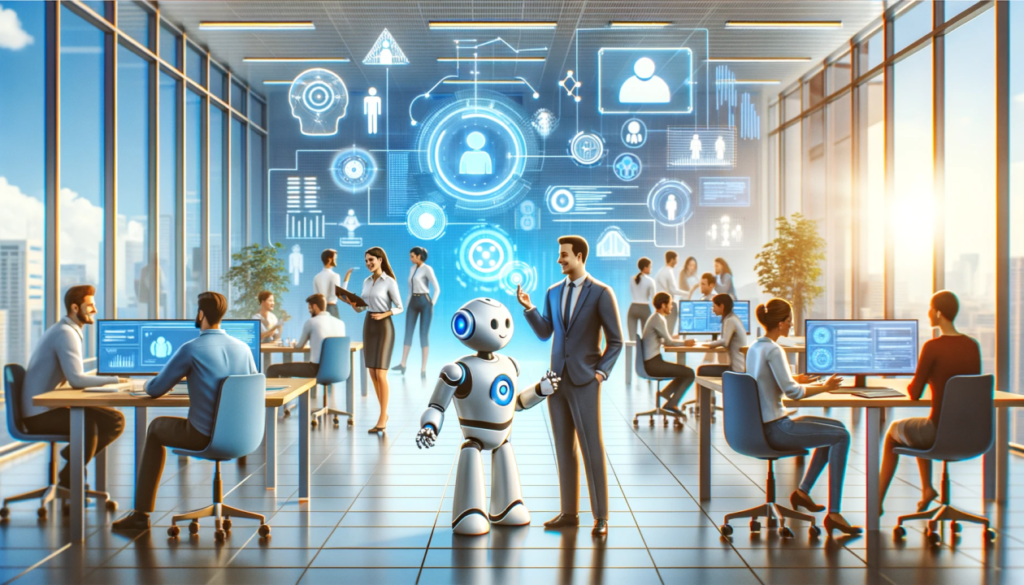
Introduction
Imagine controlling a computer or a smartphone using just your thoughts. Sounds like science fiction, right? Well, not anymore. Thanks to a groundbreaking collaboration between Synchron and Nvidia, artificial intelligence, AI Model Trained on Human Thoughts which can now interpret human thoughts with astonishing accuracy. Their latest innovation, Chiral AI, is set to revolutionize brain-computer interfaces (BCIs), opening new possibilities for individuals with disabilities and transforming the way humans interact with technology.
Understanding Brain-Computer Interfaces (BCIs)
Brain-computer interfaces (BCIs) have been in development for decades, but recent advancements in AI have significantly improved their efficiency. BCIs work by decoding neural signals from the brain and translating them into digital commands that can control external devices. These signals are captured via implants or non-invasive sensors, allowing users to perform tasks such as typing, moving a cursor, or even controlling robotic limbs. The integration of AI-driven learning models enhances the precision and speed of these interactions, making BCIs more reliable than ever before.
SYNCHRON and NVIDIA’s Innovation: CHIRAL AI an AI Model Trained on Human Thoughts
Synchron, a leader in brain implant technology, has developed Chiral AI, a system that allows users to interact with digital devices through their thoughts. Nvidia’s Holoscan platform, which processes medical AI workloads in real-time, plays a crucial role in analyzing brain signals quickly and accurately. The technology also integrates seamlessly with Apple Vision Pro, enabling hands-free navigation of augmented reality environments. This innovation marks a significant leap forward in neural interface technology, promising greater independence for individuals with motor impairments.
Real-World Applications of AI Model Trained on Human Thoughts
The applications of AI-powered BCIs extend far beyond healthcare. While paralyzed individuals can use this technology to communicate and interact with smart devices, the potential use cases include:

Smart Home Control
Operating lights, appliances, and security systems with just a thought.
Augmented and Virtual Reality
Enhancing gaming and immersive experiences without physical input.


Workplace Integration
Allowing professionals to interact with computers using only their minds.
The future could see BCIs widely adopted in everyday life, making traditional input devices like keyboards and touchscreens obsolete.
Ethical and Privacy Considerations
While the technology is promising, it also raises ethical and privacy concerns. Questions about data security, mind-reading AI, and the potential misuse of neural information must be addressed. Experts emphasize the need for strict regulations to protect users’ thoughts from being hacked or exploited. Transparency in how brain data is used will be key to gaining public trust and ensuring responsible AI deployment.
The Future of AI-BCI Integration
As AI-powered BCIs continue to evolve, we can expect even more refined mind-controlled computing. In the coming years, advancements could lead to non-invasive solutions that make the technology accessible to a broader audience. However, challenges such as scalability, cost, and ethical concerns must be resolved before mass adoption becomes a reality.
Conclusion
The development of AI models trained on human thoughts is a game-changer for assistive technology and human-machine interaction. By bridging the gap between the brain and digital devices, this innovation has the potential to empower individuals with disabilities and redefine the way we engage with technology. As we move forward, responsible research and ethical AI development will be crucial to ensuring that this breakthrough benefits humanity as a whole.
Stay Updated on the Future of AI and BCIs!
As AI continues to evolve, staying informed about the latest breakthroughs is essential. Follow us for more insights into cutting-edge technology and how it’s shaping the future of human interaction with machines!

